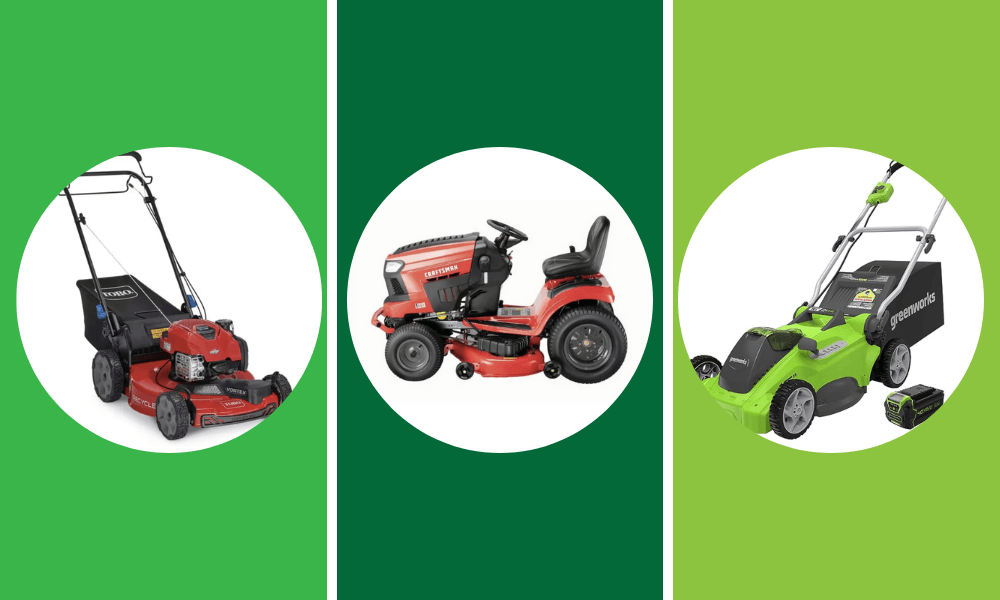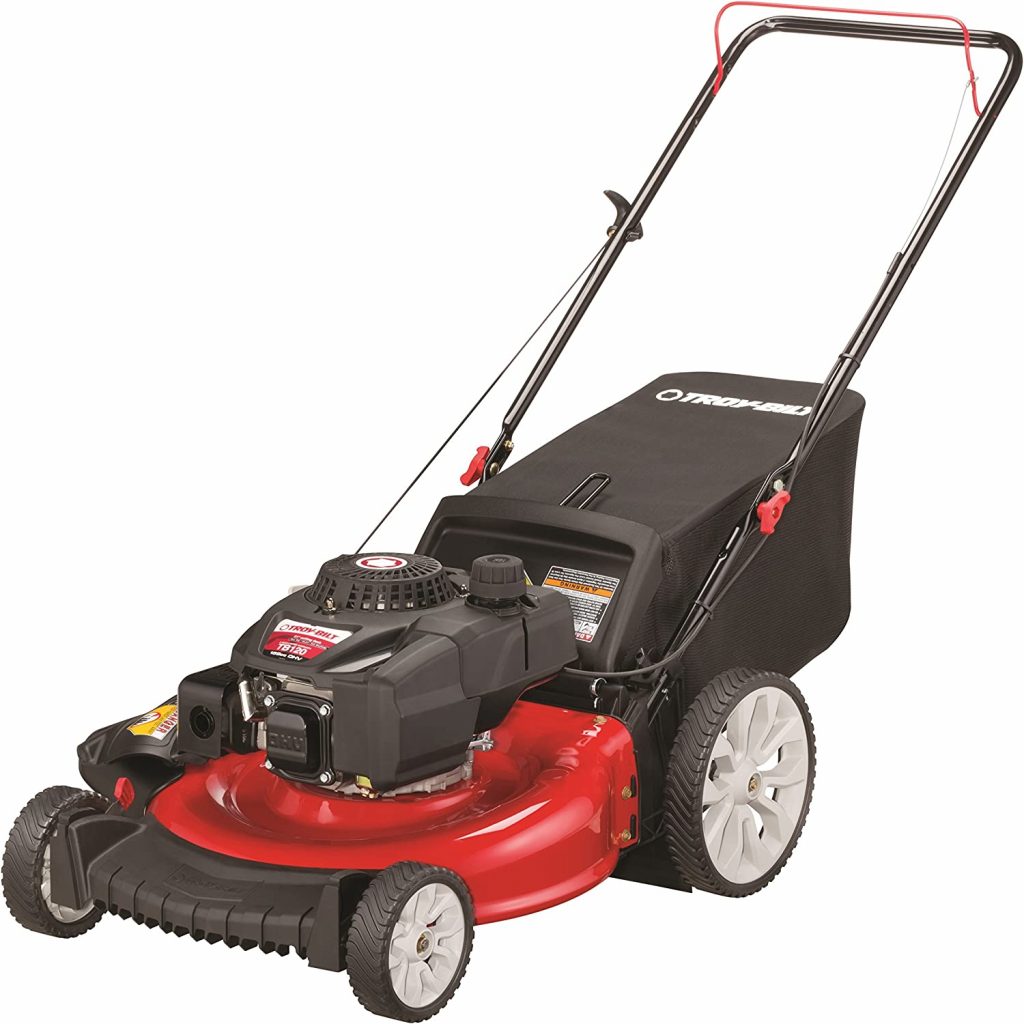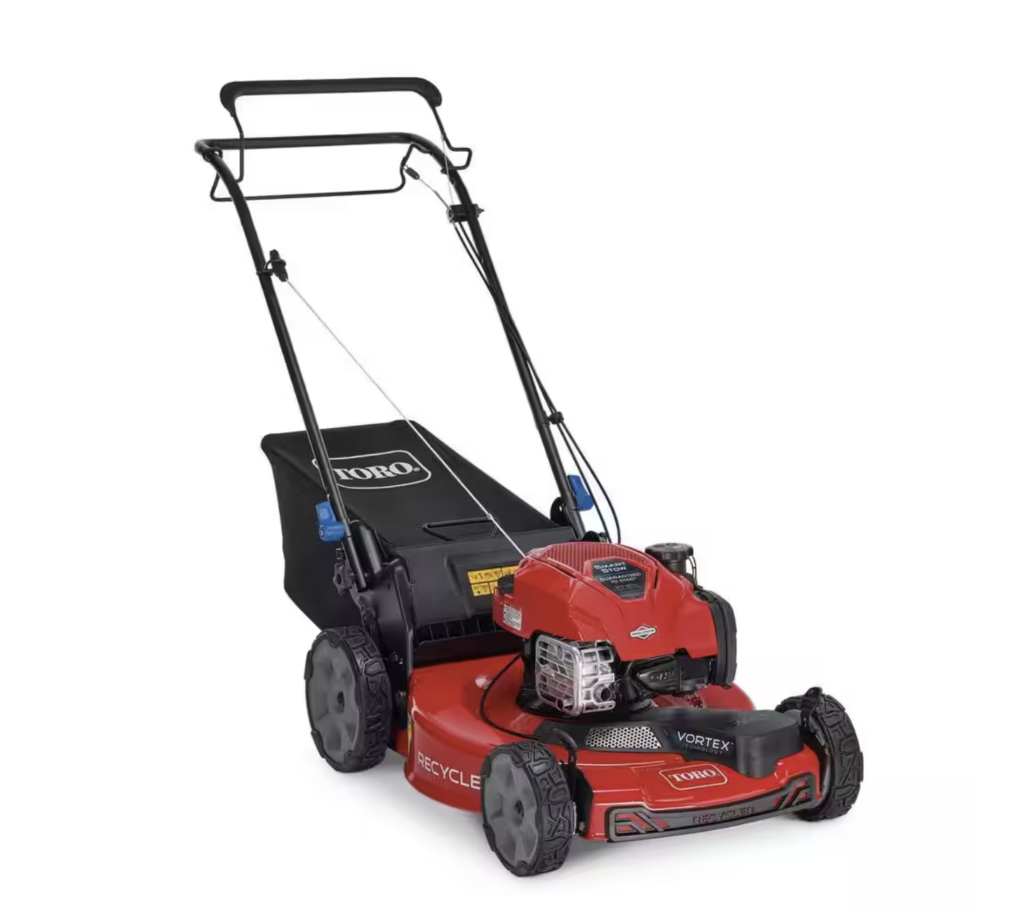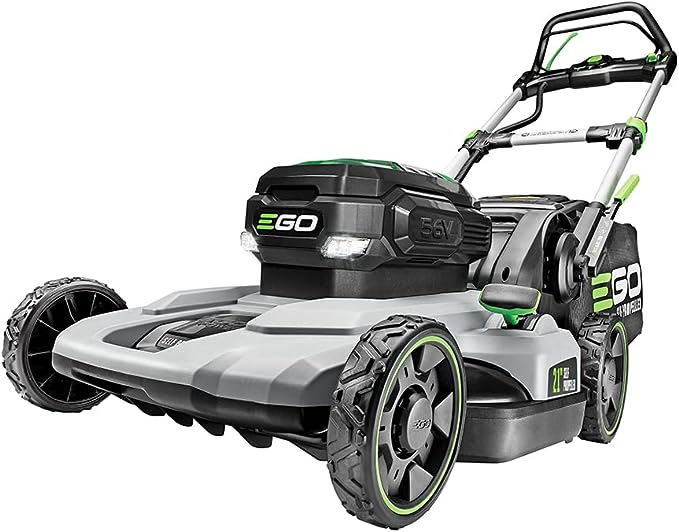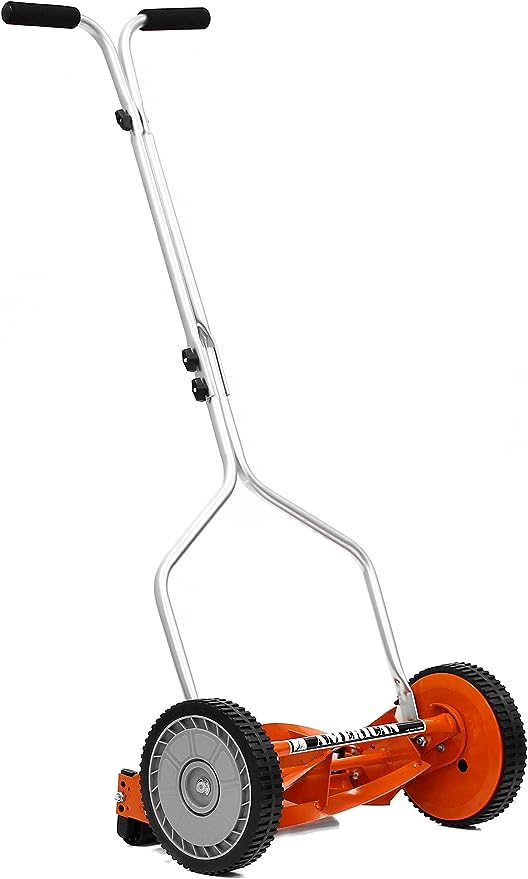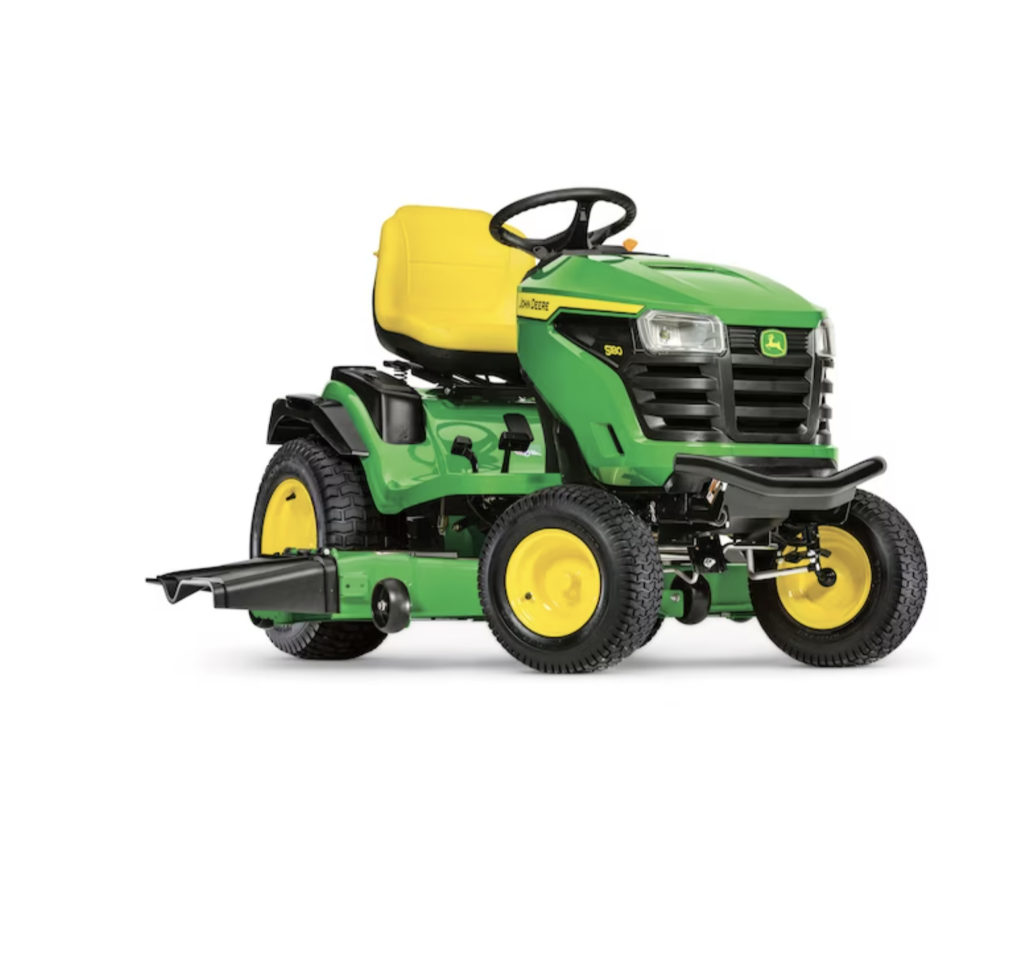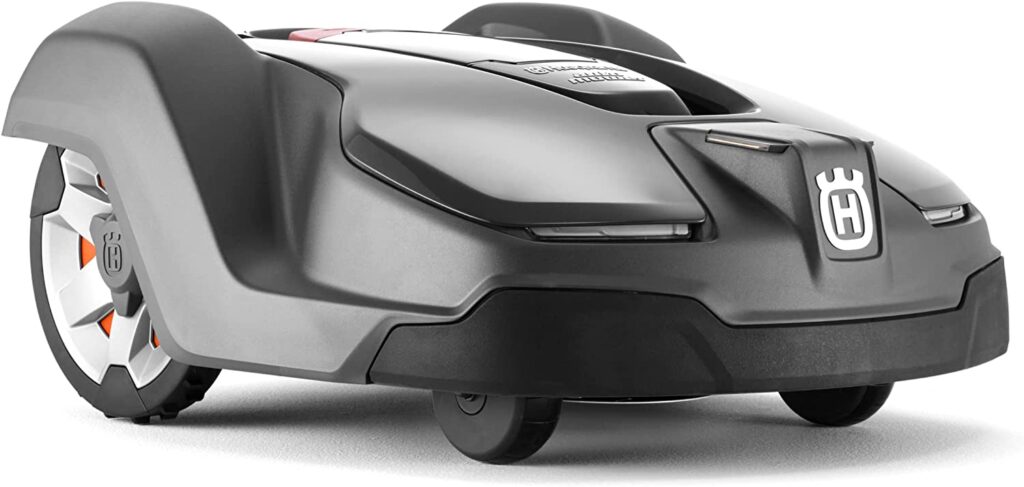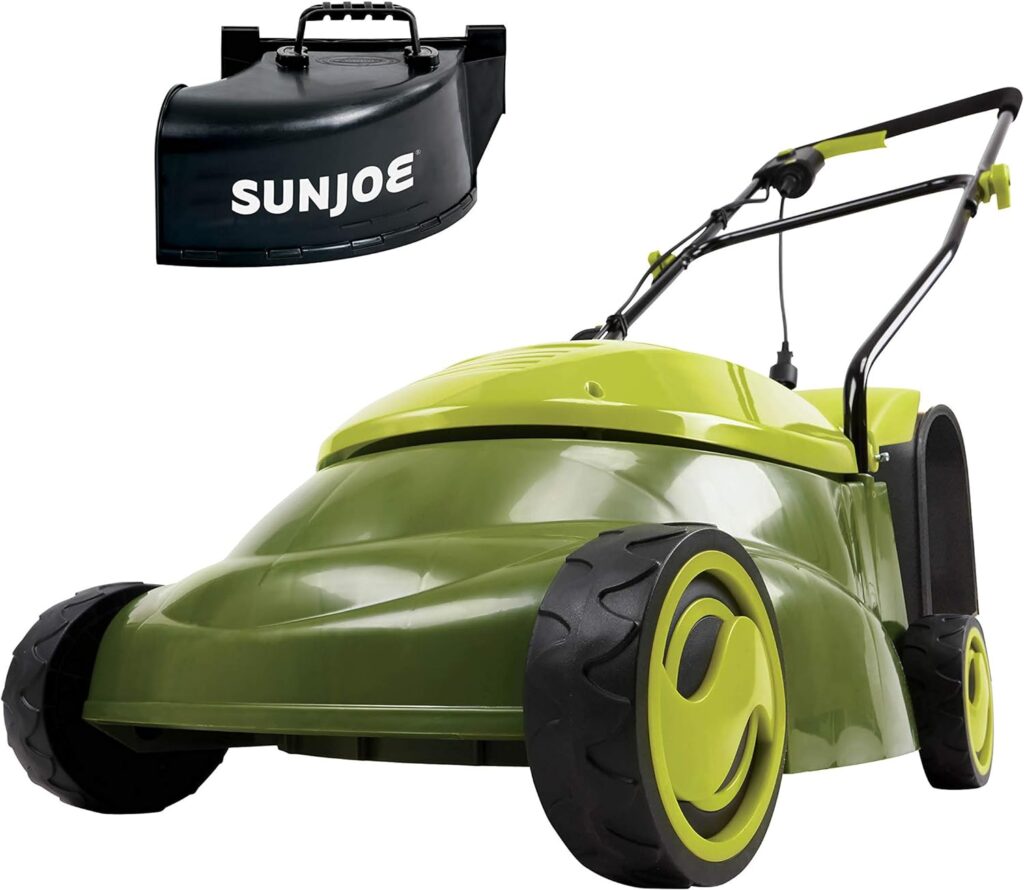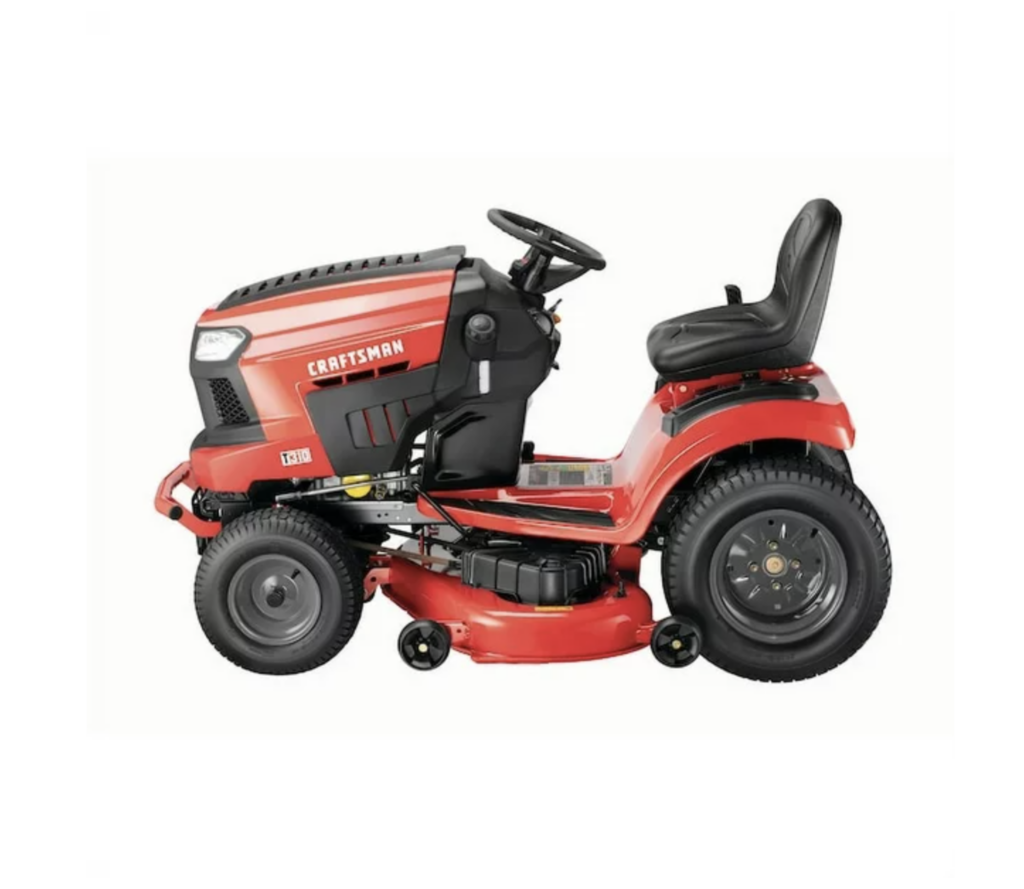The products and services mentioned below were selected independent of sales and advertising. However, Don't Waste Your Money may receive a small commission from the purchase of any products or services through an affiliate link to the retailer's website.
When you’re buying a lawn mower, you have three big factors to consider, First, your yard itself. Is it big, small or medium-sized? Does it have inclines or rugged terrain? Are there lots of trees you have to maneuver around?
Secondly, you need to decide if you want to go with a gas-powered or electric mower. And finally, how much are you willing to spend?
The top brands in lawn mowers are John Deere, Toro, Craftsman and Troy-Bilt. These companies have been around for a long time and are generally trusted in the industry for durability and power. But there are several other excellent lawn mower brands to choose from. Here, lawn care experts offer their recommendations for the best lawn mowers in several categories.
Jump To: Best Overall Walk-Behind Push Mower | Best Overall Walk-Behind Self-Propelled Mower | Best Electric Walk-Behind Push Mower | Best Electric Walk-Behind Self-Propelled Mower | Best Corded Electric Walk-Behind Mower | Best Budget Walk-Behind Mower | Best Overall Riding Mower | Best Robotic Mower | Best Mower for Small Yards | Best Mower for Large Yards
When judging the best lawn mowers on the market, the experts interviewed used the following basic criteria.
What To Look For
Types of Lawn Mowers
Lawn mowers come in several varieties:
- A walk-behind push mower is a manual mower that requires you to use your own strength to push forward.
- A walk-behind self-propelled mower moves forward on its own as you guide it.
- A riding mower allows you to sit and drive it like a tractor. They are best for large yards of ½ acre or more.
- A robotic mower moves around the lawn on its own, controlled by an app on your smartphone or with onboard controls.
Power Source
Lawn mowers are either gas-powered, with a gas tank that needs to be refilled periodically, or electric, with a cord you plug in or a battery that needs to be charged regularly. Gas-powered mowers are more powerful, have a longer run time and tend to be more durable — but they also produce fumes and can be very loud. Electric mowers are generally pricier and less efficient. But the technology is evolving and improving quickly right now, so they are beginning to match gas-powered mowers in performance.
As society continues to grapple with environmental concerns, electric mowers seem more and more likely to be the go-to option of the future. The state of California is even about to start banning gas-powered lawn mowers. And Honda, which manufactures one of the most popular mowers on the market right now (the Honda NeXite Self-Propelled Mower), recently announced that it plans to discontinue its entire line of gas-powered lawn mowers later this year. “The decision to end lawn mower production is driven by market forces such as stricter environmental regulations, shifting customer preferences, and our focus on growing profitable products in our portfolio,” a Honda spokesperson said in a statement.
Price
Lawn mowers can cost anywhere from a few hundred dollars to several thousand dollars, depending on the type and model you select.
Yard Size or Run Time
For gas-powered lawn mowers, the manufacturer will tell you how many acres of grass the mower can cut in one outing. For electric-powered mowers, the manufacturer will give you an average run time until the battery needs to be recharged.
Weight
Lawn mowers can weigh as little as 2 pounds for a manual push mower and over 500 pounds for a riding mower. If you are considering a walk-behind push lawn mower, the weight is important, because it will affect maneuverability and how hard you have to work to push it.
Cutting Width
The cutting width will establish how much grass you can cut in a single pass. The wider the width, the fewer passes you’ll have to make.
Cutting Height
Most mowers will allow you to set the height you want the grass to be, usually within a range of cutting it 1 to 4 inches.
Special Features
The highest-priced premium mowers have features like special bagging and mulching capabilities or LED lights.
Our Recommendations for Best Lawn Mowers
1. Best Overall Walk-Behind Push Mower — Troy-Bilt 21 inch 140cc Briggs & Stratton Gas Push Lawn Mower
$309 at Home Depot $299 at Tractor Supply Co.
Type: Walk-behind push | Power source: Gas | Weight: 61 pounds | Cutting width: 21 inches | Cutting height: 1.25-3.8 inches | Yard size: Up to 1 acre | Value: $299-$309 (Home Depot and Tractor Supply Co.) | Special features: Side discharge and mulch capabilities
This is a powerful, reliable, and easy-to-use mower with large back wheels that make it easy to maneuver around hills and tough terrain. Rhys Charles, pro landscaper and founder of the lawn care site Lawn and Tractors, is impressed by the “159cc OHV engine and a 21-inch steel deck.”
- Pros: 2-in-1 mulching feature, lightweight and nimble, six height adjustments
- Cons: No electric start, loud, needs periodic oil changes
2. Best Overall Walk-Behind Self-Propelled Mower — Toro 22 inch Recycler SmartStow Briggs & Stratton High Wheel FWD Gas Walk Behind Self-Propelled Lawn Mower
$449 at Home Depot $575 at Walmart
Type: Walk-behind self-propelled | Power source: Gas | Weight: 71 pounds | Cutting width: 21 inches | Cutting height: 1-4 inches | Yard size: Up to 1/2 acre | Value: $449-$575 (Home Depot and Walmart) | Special features: Mulch, rear bag, side-discharge capable, traction high wheels, foldable and space-saving
Lawn experts like this mower for its ease of use, reliability and innovative mulching system that makes grass clippings extra fine. “For those who want a mower that does some of the work for them, the Toro Recycler offers self-propelled convenience without sacrificing precision,” says Zahid Adnan, gardener, horticulturist and the founder of The Plant Bible. “It’s perfect for navigating uneven terrain with ease.”
- Pros: Folds up to save space, extra-fine grass clippings, works well on uneven terrain, powerful engine
- Cons: No instant/electric start, not great for very large yards, loud
Best Electric Walk-Behind Mowers
3. Best Electric Walk-behind Push Mower — Greenworks 40V 16″ Cordless Electric Lawn Mower
$299 at Amazon $299 at Walmart
Type: Walk-behind push | Power source: Battery | Weight: 37.5 pounds | Cutting width: 16 inches | Cutting height: Up to 3 ⅜ inches | Run time: 45 minutes; good for up to ½ acre | Value: $299 (Amazon and Walmart) | Special features: Mulching and rear lawn mower bagger options
“This is an affordable, eco-friendly, and lightweight mower that runs on a battery-powered engine that delivers enough power and run time for small to medium-sized yards,” Charles says.
-
- Pros: Eco-friendly, easy push-button start, lightweight
- Cons: Less powerful than gas mowers, not enough run time for larger yards, takes 120 minutes to charge
4. Best Electric Walk-Behind Self-Propelled Mower — EGO Power+ LM2142SP 21-Inch 56-Volt Lithium-Ion Cordless Electric Dual-Port Walk Behind Self-Propelled Lawn Mower
Type: Walk-behind self-propelled | Power source: Battery | Weight: 62.6 pounds | Cutting width: 21 inches | Cutting height: 1.5-4 inches | Run time: 80 minutes | Value: $799 (Amazon and Lowe’s) | Special features: LED lights, 6 height settings, push-button start
An earlier model of this mower received a DWYM score of 9.5 for its speed, efficiency and quiet mowing. “This mower has innovative features that allow you to adjust the amount of grass clippings that are mulched, bagged, discharged or shredded,” Charles says. “It also runs on a 56-volt battery that works with EGO’s entire line of yard power tools.”
- Pros: Eco-friendly and quiet, push-button start, powerful engine
- Cons: Relatively pricey, limited run time, need to recharge batteries
5. Best Corded Electric Walk-Behind Mower — Greenworks 20-Inch 3-in-1 12 Amp Electric Corded Lawn Mower
Type: Walk-behind push | Power source: Electric | Weight: 56 pounds | Cutting width: 20 inches | Cutting height: 1.5-3.75 inches | Run time: Unlimited | Value: $230 (Amazon) | Special features: Mulching, rear collection, side discharge capabilities
This eco-friendly mower doesn’t require you to charge a battery, so you can mow for an unlimited amount of time. Plus, Adnan says it “offers outstanding performance, a clean cut, and is budget-friendly.”
- Pros: Powerful 12 amp motor, eco-friendly and quiet, mulching and side discharge capabilities
- Cons: Limited by reach of cord, no backing up, work-intensive
6. Best Budget Walk-Behind Mower — American Lawn Mower Company 1204-14 14-Inch 4-Blade Push Reel Lawn Mower
$85 at Amazon $85 at Home Depot
Type: Walk-behind push | Power source: Manual | Weight: 19 pounds | Cutting width: 14 inches | Cutting height: 0.5-1.75 inches | Yard size: Less than 1/4 acre | Value: $85 (Amazon and Home Depot) | Special features: Manual grass cutter blades made of heat-treated alloy steel
If you want to pick up a basic, manual push mower for under $100, this one will fit the bill. “I would say my top pick for small yards and also for a tight budget would be a standard push reel mower like this one from American Lawn Mower Company,” says Dan Bailey, President of WikiLawn Austin Lawn Care. “I personally find this type of mower exceptionally convenient — they require very little maintenance, and since they don’t require fuel or make any noise, they’re ready to go whenever you are. While I wouldn’t recommend a completely manual mower like this one for a very large yard, this can be a great option for anyone looking for a cheap mower for a small yard.”
- Pros: Inexpensive, quiet, low maintenance
- Cons: No engine, works only with small yards, bare bones
7. Best Overall Riding Mower — John Deere E180 54 in. 25 HP V-Twin ELS Gas Hydrostatic Riding Lawn Tractor
$3,599 at Home Depot $3,599 at Lowe’s
Type: Riding | Power source: Battery | Weight: 700 pounds | Cutting width: 42 inches | Cutting height: 1.5-4.5 inches | Yard size: Up to 3 acres per charge | Value: $3,599 (Home Depot and Lowe’s) | Special features: Zero-turn technology, advanced control panel
“This is a cordless electric mower that runs on a battery-powered engine that delivers the performance of a gas mower without the noise and emissions,” Charles says. “It can run for up to three hours on a single charge and works with Ryobi’s entire line of yard power tools.”
- Pros: Can mow 3 acres in one charge, eco-friendly, lots of custom features
- Cons: Expensive, must charge battery periodically, cutting width could be bigger
8. Best Robotic Mower — Husqvarna Automower 430X Robotic Lawn Mower with GPS Assisted Navigation
$1,999.99 at Amazon $2,499.99 at Lowe’s
Type: Robotic | Power source: Battery | Weight: 29 pounds | Cutting width: 9 inches | Cutting height: 0.8-2.4 inches | Run time: 145 minutes at 1,430 square feet per hour | Value: $1,999-$2,499 (Amazon and Lowe’s) | Special features: Compatible with Amazon Alexa and Google Home, built-in theft protection, collision and lift sensors for safety
This robotic lawn mower literally does all the work, while you control it with an app on your smartphone with GPS assistance. It’s also “packed with cutting-edge features, unmatched power, and exceptional craftsmanship,” Adnan says.
- Pros: Mower does the work for you, built-in safety sensors and theft protection, control from Amazon Alexa, Google Home or your smartphone
- Cons: Expensive, requires boundary wire to operate, time-consuming set-up
9. Best Mower for Small Yards — Sun Joe MJ401E-PRO 14 inch 13 Amp Electric Lawn Mower
$132 at Amazon $135 at Walmart
Type: Walk-behind push | Power source: Electric | Weight: 30 pounds | Cutting width: 14 inches | Cutting height: 1.18-2.52 inches | Yard size: ¼ acre or less | Value: $132-$135 (Amazon and Walmart) | Special features: Detachable hard top rear collection bag, collapsible handle
This 16-inch-wide mower was specifically designed for small yards. “It’s a lightweight mower that runs on electricity,” Charles says. “So it’s ideal for small yards.”
- Pros: Inexpensive, compact and lightweight, can handle uneven terrain
- Cons: Limited cutting height, only for yards a quarter acre or less, not a lot of bells and whistles
10. Best Mower for Large Yards — Craftsman T310 Turn Tight 24-HP V-twin Hydrostatic 54-in Riding Lawn Mower
$3,120 at Walmart $3,299 at Lowe’s
Type: Riding | Power source: Gas | Weight: 660 pounds | Cutting width: 54 inches | Cutting height: 1-4 inches | Yard size: 2-3 acres | Value: $2,139-$3,120 (Walmart and Lowe’s) | Special features: Hydrostatic transmission, soft-touch steering wheel, high-back seating
This tractor-style riding mower has a massive cutting width of 54 inches and an extremely powerful engine that can cover large properties easily. “Managing a vast lawn requires power and efficiency, and the Craftsman T310 delivers that,” Adnan says. “With a wide cutting deck and impressive run time, it’s the perfect choice for those with expansive yards.”
- Pros: Powerful engine, tight turning radius, comfortable seat
- Cons: Expensive, mulching kit not included, need somewhere to store this behemoth
Sources
- Rhys Charles, pro landscaper and founder of the lawn care site Lawn and Tractors
- Zahid Adnan, gardener, horticulturist and the founder of The Plant Bible
- Bryan Clayton, pro landscaper and CEO of GreenPal
